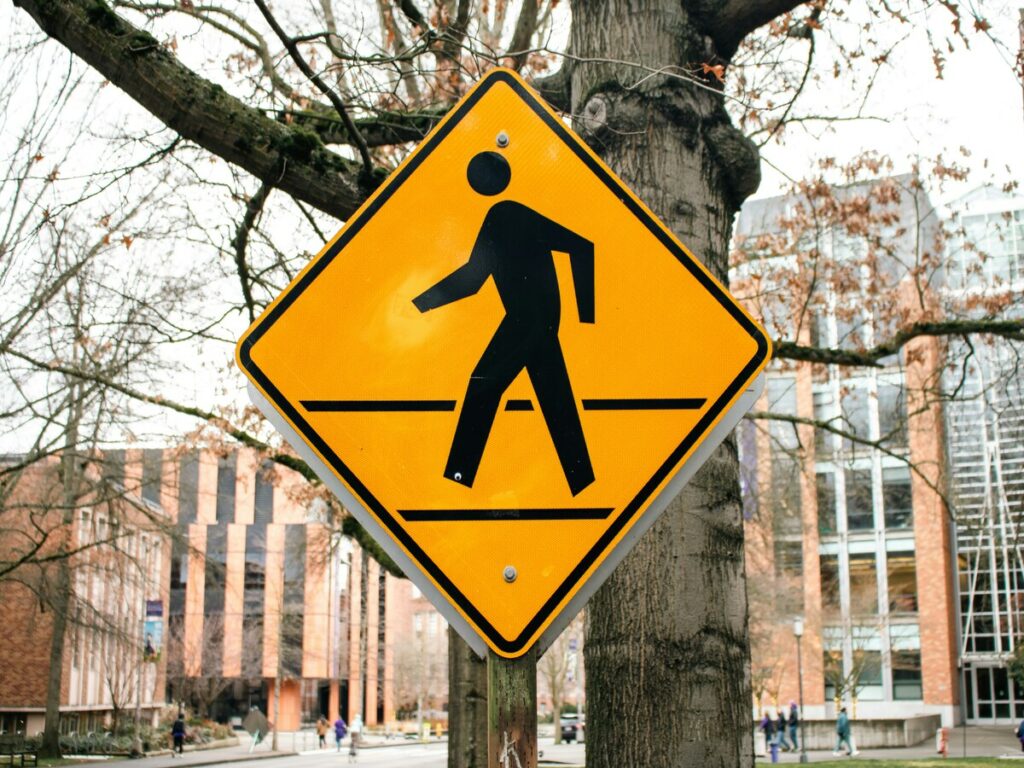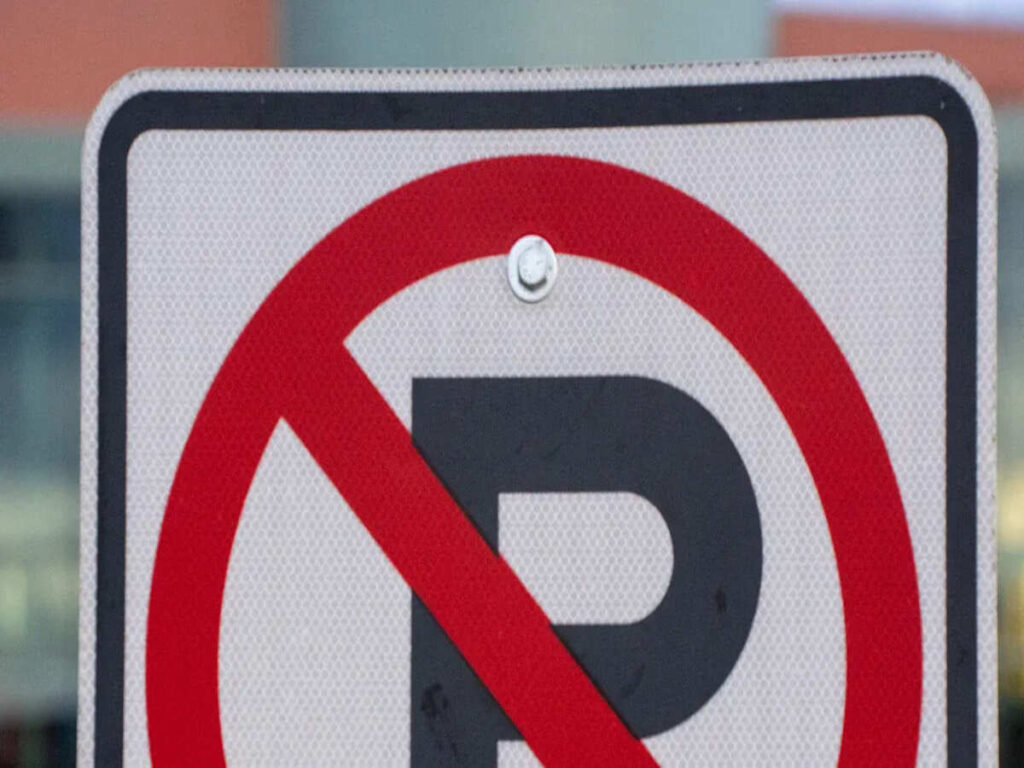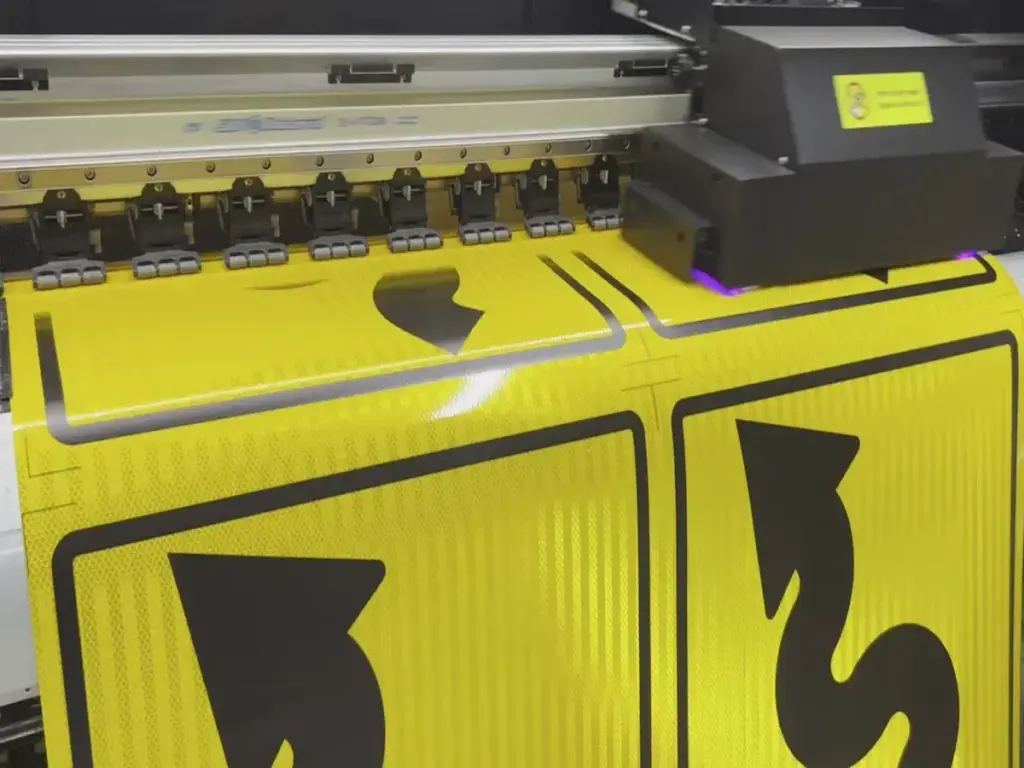
Choosing the correct road sign frame is very important. Using the wrong frame can cause expensive fixes, delays, or rejection. These problems waste time and hurt your reputation with others. By knowing the rules and picking the right frame, you can get quick project approval. Smart choices early on help you avoid problems and keep your project moving forward.
OPTRAFFIC offers high-quality road sign frames designed to meet all necessary standards, ensuring your projects stay on track and run smoothly. Trust our reliable solutions to make your road sign installation hassle-free.
Key Takeaways
- Picking the right sign frame is important to avoid problems. Always check rules from federal, state, and local governments first.
- Choose strong materials like aluminum or coated steel. These materials don’t rust and survive bad weather, keeping signs safe and lasting longer.
- Talk to everyone involved early in the project. Their ideas help meet rules and stop problems that could cause delays or rejection.
- Make sure the frames are easy to install and fix. Pick frames that are simple to set up and repair to save time and money.
- Building trust with others is very important. Following rules and staying in touch improves your reputation and helps you get more projects later.
Key Requirements for DOT and City Projects

Federal and State Compliance Standards
Federal and state rules guide how road sign frames are made. These rules ensure signs are safe, strong, and work well. The Manual on Uniform Traffic Control Devices (MUTCD) gives the main instructions. It explains how tall signs should be, how easy they must be to read, and how they should be mounted. Following these rules is necessary to meet federal standards.
Some states add extra rules to the federal ones. For example, California (Caltrans) or Texas (TxDOT) may require special features. These might include posts that break away in crashes, taller mounting heights, or frames that handle strong winds. States near the coast often need frames that can survive high wind speeds.
Not following these rules can cause your project to fail. Carefully check both federal and state rules before picking a sign frame. This helps you follow the rules and avoid expensive mistakes.
Local Municipality Guidelines for Road Sign Frames
Cities and towns often have their own rules for sign frames. These rules focus on local needs, like keeping people safe or making signs look nice. In cities, signs might need to be taller to stay clear of obstacles. In rural areas, strength might matter more than looks.
Check local rules early when planning your project. Some towns may prefer certain materials or styles. For example, aluminum frames are light and don’t rust, so many places like them. But some cities might want steel because it’s stronger for busy areas.
Working with local officials helps you meet their needs. This lowers the chance of your project being rejected later.
Certification and Approval Processes
Getting certified and approved is key to finishing your project. These steps prove your sign frame meets all the needed rules. You’ll need to share detailed papers, like model sheets and proof of compliance.
Certification checks that your design will work well and safely. It uses careful methods to measure results. Including input from others, like stakeholders, helps make the project better.
To get certified, focus on these things:
- Safety features in your design
- Planning with input from others
- A strong plan to monitor progress
- Reliable data and extra benefits
- Correctly measuring environmental and community impacts
Problems can happen during certification. Limited money, unclear rules, or trouble gathering proof can slow things down. Solve these problems early to avoid delays.
Meeting certification rules makes your project more trustworthy. This builds confidence with others and helps get quick approval.
Factors to Think About When Picking a Road Sign Frame
Strong and Long-Lasting Materials
The material of a sign frame is very important. It affects how long the frame lasts and how well it works. Pick a material that can handle the weather where it will be used. For example, aluminum is light, doesn’t rust, and works well in rainy or humid places. Steel is stronger and better for areas with lots of traffic or chances of damage.
Think about how long the frame needs to last. A frame that rusts or breaks over time can be dangerous and expensive to fix. Make sure the material is strong enough to hold the sign without bending or breaking. This is especially important in windy or snowy areas.
One study showed that light-up street signs help drivers see better at night, especially older drivers. This shows why it’s important to pick materials that make signs easier to see and safer in all conditions.
To learn more about how to choose the right material for your road sign frame, check out our blog: Choosing the Right Material for Your Road Sign Frame.
Matching Frames with Signs and Mounting Systems
The frame, sign, and mounting system need to fit together. This makes installation easier and keeps the sign working well. Check that the frame’s size and design match the hardware and sign. If they don’t fit, it can cause delays or make the sign unsafe.
Here’s how to check compatibility:
- Look at the moving parts of your current system.
- Make sure the mounting system works for the sign’s shape, like landscape or portrait.
- Confirm the frame follows VESA standards for easy setup.
Also, check if your digital sign system works with your software. This is important for signs that show changing messages, like traffic updates. A good system saves time and works better.
Handling Weather and the Environment
The frame must survive tough weather, like heat, rain, or strong winds. In coastal areas, pick materials that resist salt damage and stay strong during storms.
The frame also needs to handle sunlight. Too much sun can make some materials fade or crack. Frames with UV protection last longer in sunny places.
A study found that people of different ages see signs differently in changing light. This means you should choose frames that stay clear and strong no matter the weather.
By thinking about these things, you can pick a sign frame that works well and lasts a long time.
Ease of Installation and Maintenance
Picking a road sign frame that’s easy to install is important. Simple installation saves time and lowers labor costs. It also reduces mistakes during setup, avoiding expensive fixes or delays.
Choose sign frames with pre-drilled holes or adjustable brackets. These features help you quickly align the frame with the sign. Lightweight materials like aluminum make handling and transporting easier. This is helpful for projects with many signs in different places.
Maintenance keeps the frame working well over time. Good frames should make it easy to reach bolts or screws. This helps you replace broken parts or adjust signs without much trouble. Modular frames let you swap sections without taking apart the whole frame.
Weatherproof frames need less care. Materials that resist rust, UV rays, and corrosion last longer. Coated steel or anodized aluminum offer extra protection from damage caused by weather.
Pro Tip: Use frames with clear guides or video tutorials. These tools help you avoid mistakes and set up correctly.
By focusing on easy installation and maintenance, you save time and money. This also makes your signs safer and more reliable for years to come.
Common Mistakes to Avoid
Using Weak or Non-Approved Materials
Using materials that don’t meet rules can cause big problems. Frames that fail to follow standards may lead to delays, higher costs, and safety issues. For example:
- The NTSB stresses the need for better tracking of equipment failures to find safety risks.
- Dangerous shipments without proper labels show why certified materials are crucial.
- Feedback programs between carriers and shippers help fix problems and avoid future mistakes.
When picking a road sign frame, always choose materials that meet all rules. Don’t use cheap, low-quality options because they can be unsafe and unreliable.
Skipping Local or Special Project Rules
Ignoring local rules can ruin your project. Cities and towns often have special rules for their needs. For example:
- In Minnesota, power plant permits can’t use more than 0.5 acres of farmland per megawatt unless no other options exist.
- Oregon has strict noise rules that don’t allow going over limits, even if neighbors agree, which could stop a project.
Not following these rules can mean costly fixes or rejection. Always check local rules carefully and talk to officials to stay on track. This saves time and builds trust with others.
Forgetting About Long-Term Strength and Safety
Only thinking about saving money now can cause future problems. Weak frames may break in bad weather or with heavy use. This creates safety risks and costs more to fix later.
Working with others is key to solving durability issues. A Department of Defense study showed poor teamwork caused a project to fail. A good plan helps everyone agree on safety and long-lasting goals.
Pick materials like aluminum or coated steel for strength and weather protection. These choices lower damage risks and keep your sign frame working well for years.
Not Working with Project Stakeholders
Skipping input from stakeholders can cause big problems. Stakeholders like city leaders, engineers, and community members are important. They help make sure your project follows rules and meets goals. Their help keeps your work on track and avoids issues early.
Stakeholders help in many ways:
- They share ideas about using resources, which affects time and quality.
- Their advice helps find problems and stop delays.
- Handling their change requests keeps the project moving smoothly.
“Ignoring what stakeholders need often leads to poor results or failure.”
If you don’t work with stakeholders, you might face delays or rule-breaking. For example, if a city leader asks for a special post and you miss it, your project might fail inspection. This wastes time and hurts your reputation.
To avoid these problems, involve stakeholders early. Try these steps:
- Plan regular meetings to talk about progress and fix issues.
- Write down their feedback and check it matches project needs.
- Set aside money for good communication, even with a small budget.
Working with stakeholders helps solve problems and follow rules. Their teamwork makes projects easier and builds trust for the future.
Benefits of Choosing the Right Road Sign Frame

Avoiding Expensive Fixes and Delays
Picking the right road sign frame saves money and time. Frames that don’t meet rules often need fixing or replacing. For example, if a frame can’t handle strong winds, it might need to be replaced. This wastes materials, money, and delays the project.
Using frames that follow all federal, state, and local rules helps projects run smoothly. Approved frames are less likely to fail inspections. Planning ahead keeps your project on time and within budget.
Tip: Check the sign frame’s details match project needs before installing. This simple check avoids costly errors.
Meeting Rules and Getting Approval
Following rules is important to get project approval. A frame that meets safety and quality standards shows you care about doing things right. It also ensures your project follows MUTCD and other guidelines.
Providing the right papers, like compliance certificates, makes approval easier. This builds trust with officials and others involved. When you focus on following rules, you lower the chance of rejection and show you’re reliable.
Making Projects Safer and Stronger
Choosing a good road sign frame makes your project last longer and safer. Strong frames handle bad weather and heavy use without breaking. This means fewer repairs and saves money over time.
Safe frames also protect people. For example, breakaway frames reduce harm in crashes, keeping drivers and pedestrians safer. By picking strong and safe frames, you help create a safer place for everyone.
Pro Tip: Choose frames with coatings that resist weather. This helps them last longer and look better over time.
Building Trust and Reputation with Stakeholders
Gaining trust from stakeholders is key to project success. Picking the right road sign frame shows you care about safety and quality. This helps get project approval and boosts your image as dependable.
Why Trust Matters
Stakeholders like city leaders, engineers, and locals count on you. They expect results that meet their needs and keep people safe. Using strong and approved sign frames shows you respect their trust and public safety. Trust makes teamwork easier and helps you win more jobs later.
Tip: Always meet project rules to build a good reputation. This can make you stand out from others.
How to Build a Strong Reputation
- Share Information: Tell stakeholders about your plans and progress. Explain your materials, certifications, and how you’ll install the frames.
- Keep Your Word: Make sure your sign frames follow all rules. This avoids problems like rework or rejection.
- Act Early: Solve issues before they grow. For example, if someone asks for a special frame, check it meets rules before using it.
The Long-Term Benefits
A good reputation brings more chances to work on projects. When stakeholders trust you, they’ll recommend you to others. Plus, focusing on quality improves public safety, which benefits everyone involved.
Pro Tip: Keep records of your successes and share them. Showing your achievements builds more trust with stakeholders.
By focusing on trust and reputation, you finish projects well and become a top choice for future work.
Picking the right road sign frame helps meet safety rules. This decision affects cost, time, and quality, which are important for success. By following rules and choosing strong frames, you meet goals and make others happy.
Use good materials and follow standards to avoid problems. Spending on the right frame saves money, builds trust, and lasts longer. Smart choices keep your projects running smoothly and successful.
To learn more about the classification and standards for road sign frames, check out our blog: Road Sign Frames Classification & Standards.
FAQ
What matters most when picking a road sign frame?
Strength is the most important. A strong frame keeps signs safe and lowers repair costs. Choose materials like aluminum or coated steel. These materials don’t rust and handle bad weather well.
How do you follow DOT and city rules?
Carefully read the project details. Look for federal, state, and local rules. Send in documents like model sheets and certifications to show compliance during approval.
Are pre-made kits good for road sign frames?
Yes! Pre-made kits make setup easier and ensure all parts fit together. They save time and help avoid mistakes when installing.
What if project details are unclear?
Ask the project manager or local officials for help. Getting answers early stops expensive errors and ensures your frame meets all rules.
How do breakaway frames make roads safer?
Breakaway frames lower the damage during crashes. They protect cars, drivers, and people nearby. Many DOTs require them for fast roads.
Tip: Check if breakaway frames are needed for your project area.



















